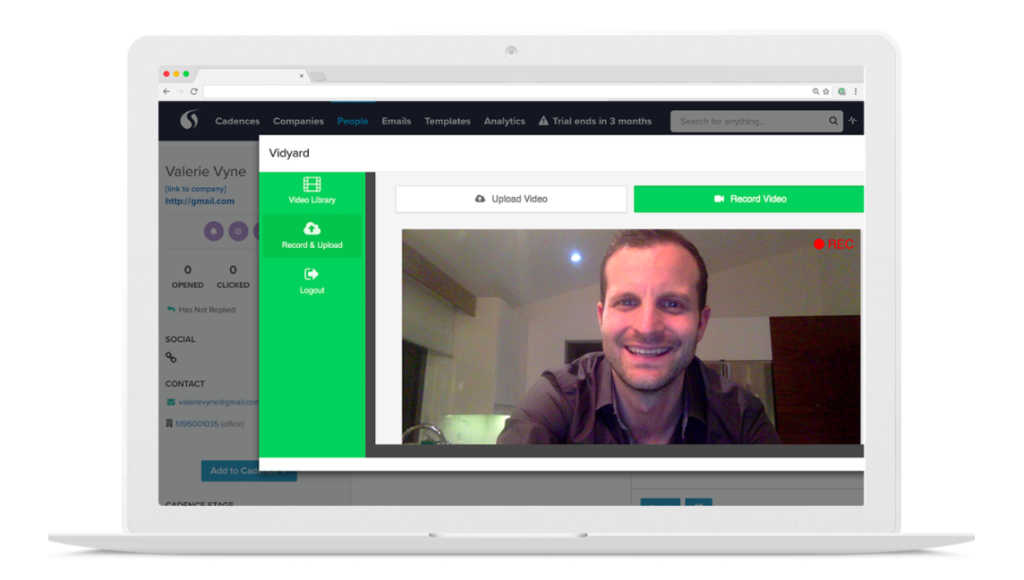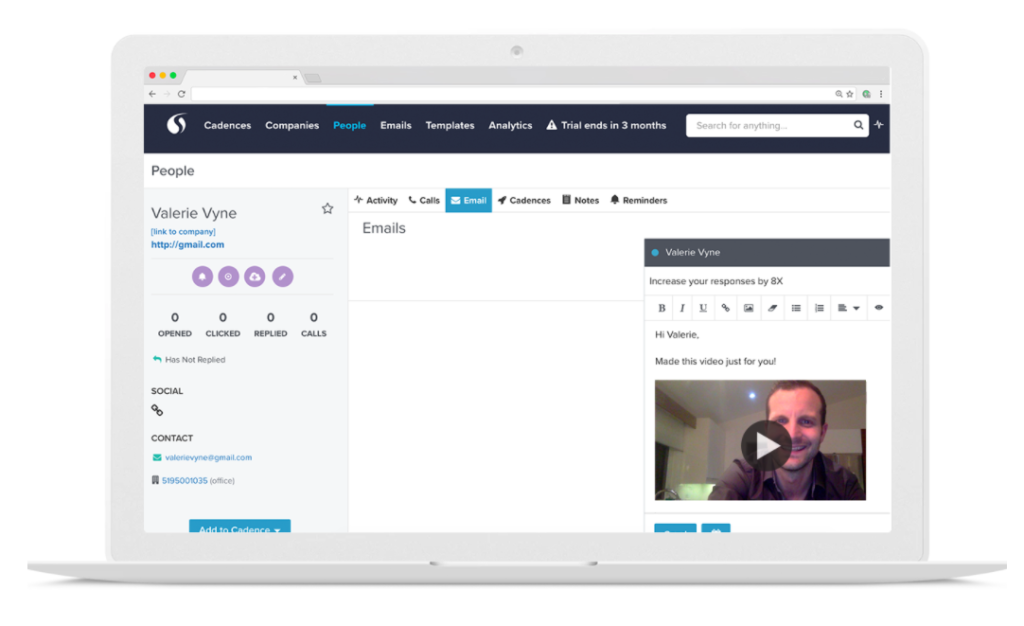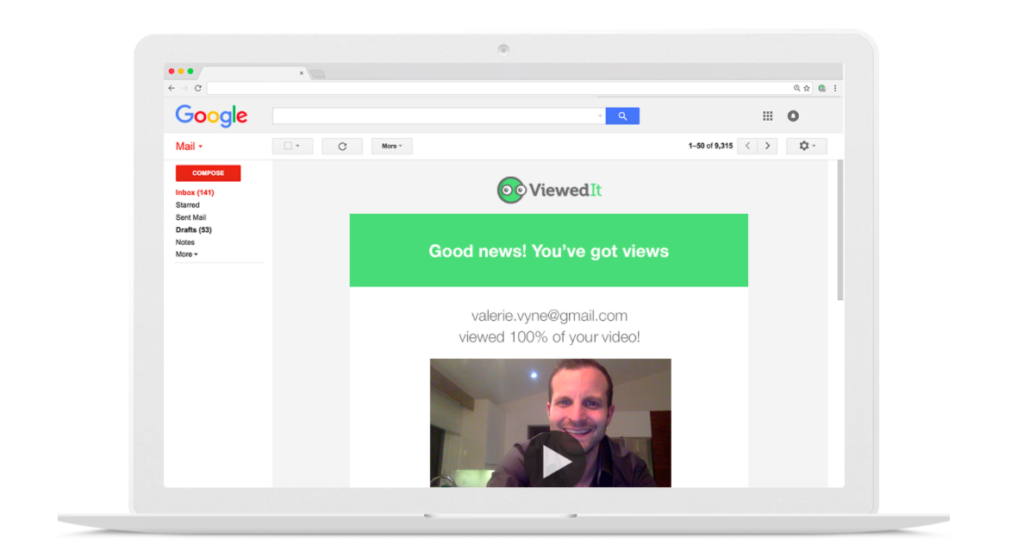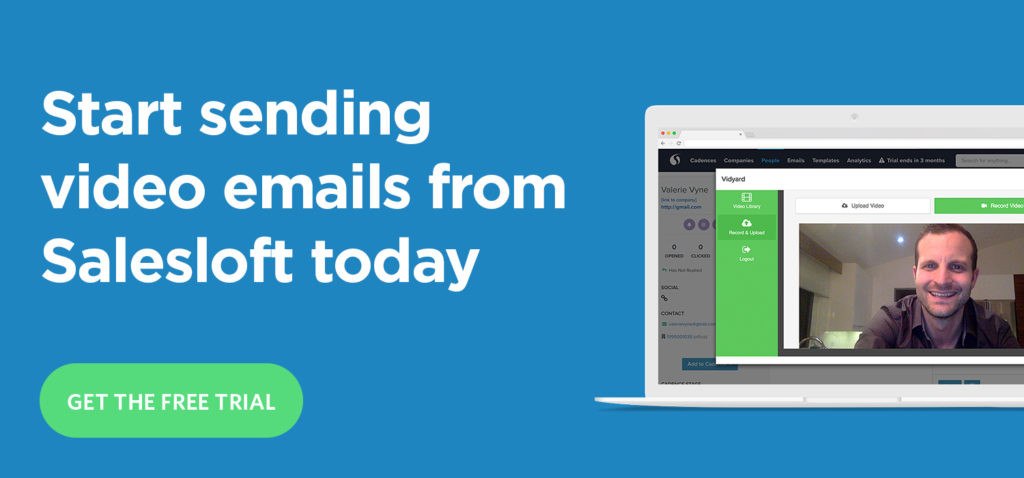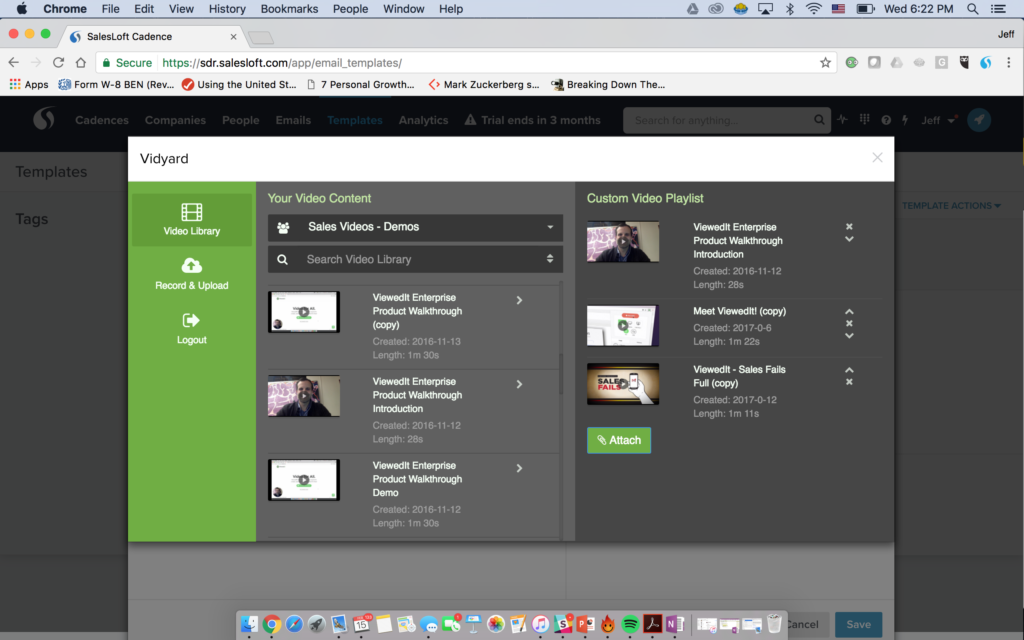Back in 2003, online video was in its infancy. YouTube hadn’t been launched yet, and Netflix was still in the business of mailing out DVDs. But for Todd Hartley, founder and CEO of video marketing firm WireBuzz, the writing was already on the wall. Back then, Hartley was leading digital marketing for seven of the largest nationally-syndicated talk shows in Hollywood, and his job was to report what was most successful every week. “Back in 2003, it was obvious that every week my report was the same – video was getting 10x the results of our audio programs, images, blog content, articles, and anything else we were doing.”
But, as Hartley told us in interview, the timing wasn’t quite right – yet. “I placed a mental note that as bandwidth becomes more available I wanted to specialize in this tool that got freakish results. And before I knew it, in 2010 I opened up WireBuzz! Bandwidth was available, YouTube became a force to be reckoned with, and I decided that I wanted to use this powerful tool to help boost sales conversion for customers. That’s really my passion area.”
Over the past 8 years, Hartley and his team have learned quite a bit about what makes video such a powerful tool for sales and marketing. Here’s what he had to say:
What’s one aspect of video production that most companies get wrong?
The strategy part! There are random acts of video that happen every single day, and most people – even smart marketers – start to think of video and jump right to creative and ideas. But they need to step back. You have to start with strategy. When you’re dealing with strategy, you’re thinking of your end game. What is the goal? Once you have the goal you can create the strategy. Once you have the strategy, you can create the right content and then bake that strategy into the content, and start promoting it to generate that goal.
Most companies get it all wrong – they just create the video and then they try to reverse engineer how it will accomplish their goal. How are we going to deal with the CTA? And where is this video going to live? That is a big mistake. And that’s where video fails online.
Smart marketers start out with the really smart strategy and they’re able to execute all the way through the process. But most importantly, not only do they prove ROI for that video, but they also get to demonstrate that video works, and that they’re not wasting resources.
Are there any industries that you see missing out on the power of video?
The industries that have the biggest opportunity tend to be industries that are more complex to explain. In a lot of those industries the business leaders tend to be people who have seen success in an old business model and are now leading in a new business space, but haven’t evolved the way they communicate with customers.
Let’s talk about science. If the product or service has some type of research, medical, or laboratory component, that’s precisely where you should be using video. Our brains process information 60,000x faster with video than they do with text. And in those older businesses where technology or science is being used, but they’re still explaining or teaching with literature to convince and convert their prospects, they’re the ones that aren’t doing a very good job.
In these industries, the market leaders with the largest percentage growths are starting to explain what their product does through the power of video. And that’s a huge opportunity – explain the complex, in simple to understand terms, and people buy at faster rates. It’s just that simple.
How can businesses and their agencies get the most out of their relationship?
From my experience, the easiest, smartest thing to do is have a primary point of contact at both the agency and the business. These are the people who are going to filter, digest, and report back to their respective companies all the relevant details. Both companies have their own quarterback, and both quarterbacks need to clearly communicate with one another. They must be very conscious about they way they describe things, and what those changes are that need to be made. Almost every one of my clients have a very complex review process, including legal that needs to look over changes, regulators, brand managers, and brand bosses that slow down the process.
That’s totally fine with me – but where I see the biggest opportunities for growth is how those companies communicate, and how they move information. Often when the company communicates through multiple people, they end up making projects more expensive.
So I would say have one point of contact at both places, and make sure they work together – they’re not enemies! They are colleagues that are working together for one result, which is to create a very smart and very sophisticated video that helps move some business metric that these two people have decided. And once you do the the whole process starts to smooth out.
What companies do you see that are doing really great things with video?
The first one that comes to mind is CampaignMonitor. If you’re a new prospect and you arrive on their website, CampaignMonitor is doing a fabulous job of educating you from when you first arrive. They’re a marketing automation and email platform, and they start by showing you their feature set. They build instant credibility by showing you how big name brands are using their tools to amplify results. It’s really well done.
Another one is Natera, who is a client of ours. Natera is a genetic laboratory with a bunch of different tests. They have created sales enablement tools to be able to help their sales teams convince and convert at a faster rate. They communicate to two different audiences because genetic counsellors or health care professionals need to understand how the tests work. But in some cases they need to create patient-friendly videos that also bring a patient down through the awareness, consideration, and decision path too.
You have to also be studying what Gary Vaynerchuk is doing with video. He’s doing the best job with building thought leadership in the power of video and taking people along through his daily journey. The videos tell a great story because it’s Gary’s big brain in action. Watch his team, see him sit down with clients, basically get a free demo with Gary. When businesses have $30 or $50k a month to spend, they’ve already seen and been a part of the Gary V world. So they know they want to bring those resources and have him work on their project.
The post Explain the Complex Simply – Wise Words from Todd Hartley appeared first on Vidyard.
source http://www.vidyard.com/blog/explain-complex-simply-wise-words-todd-hartley/

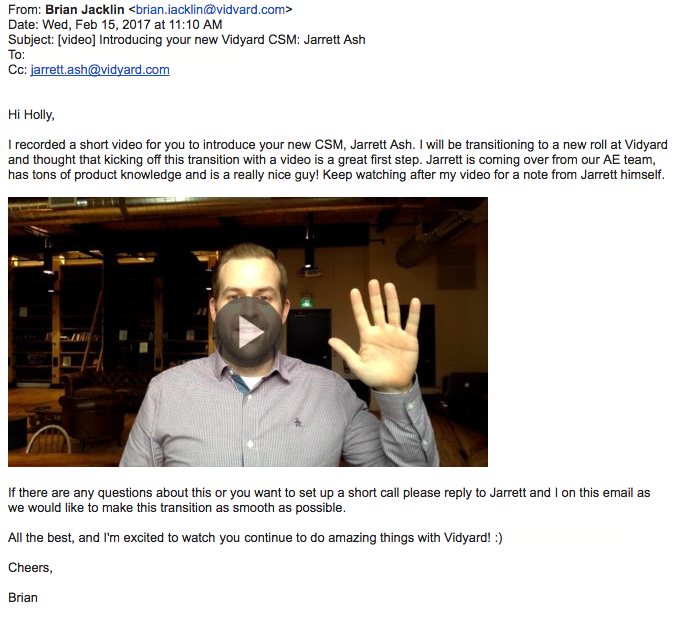
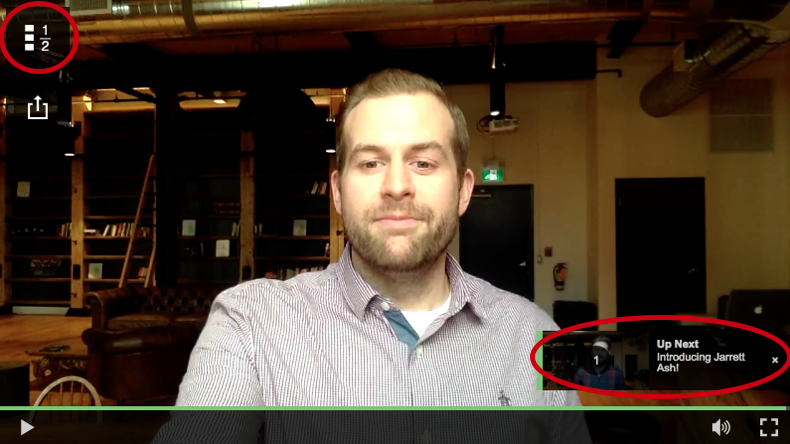

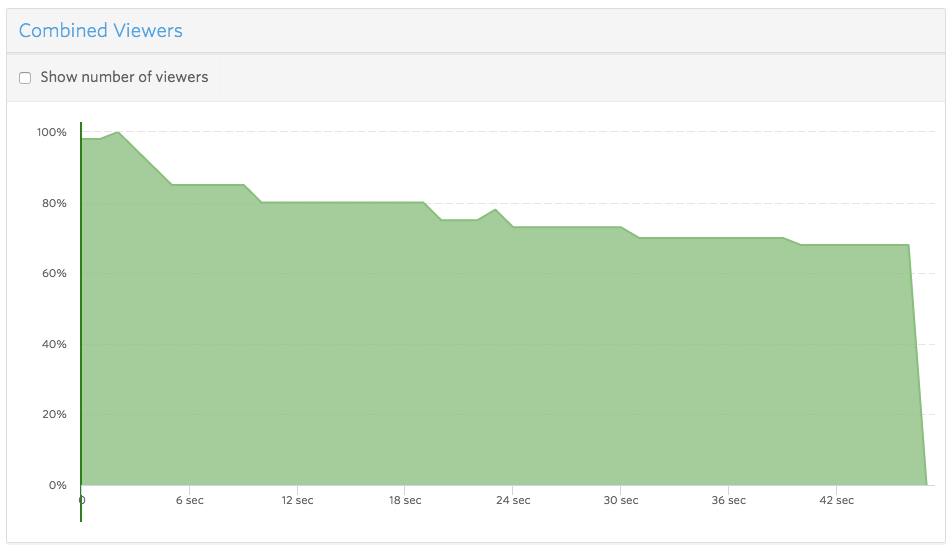
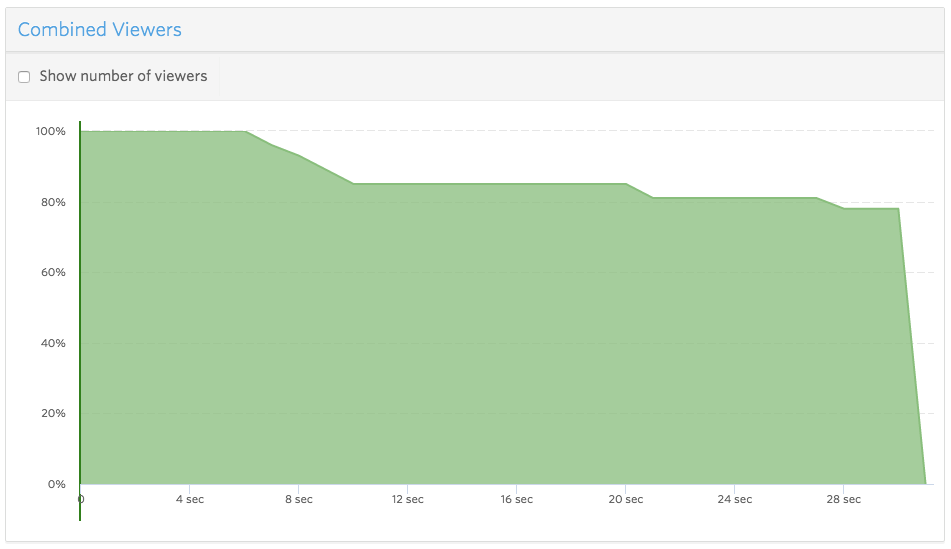
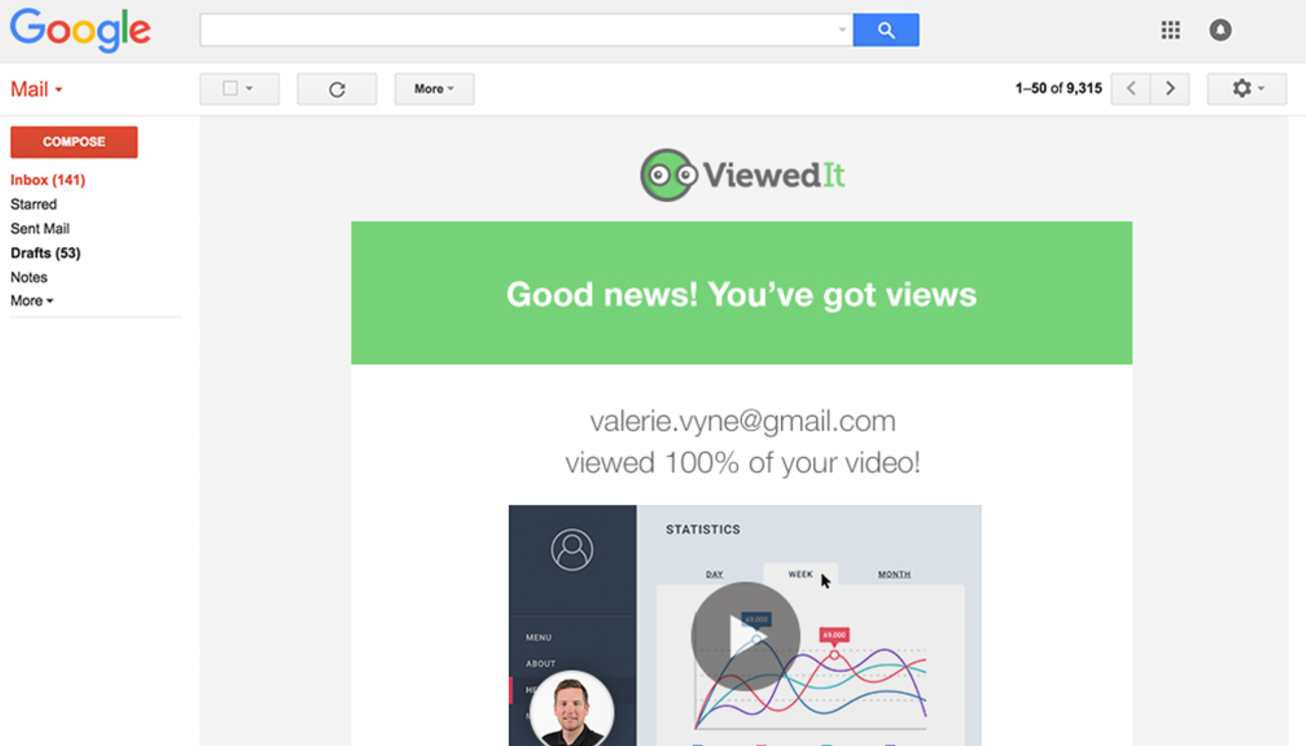

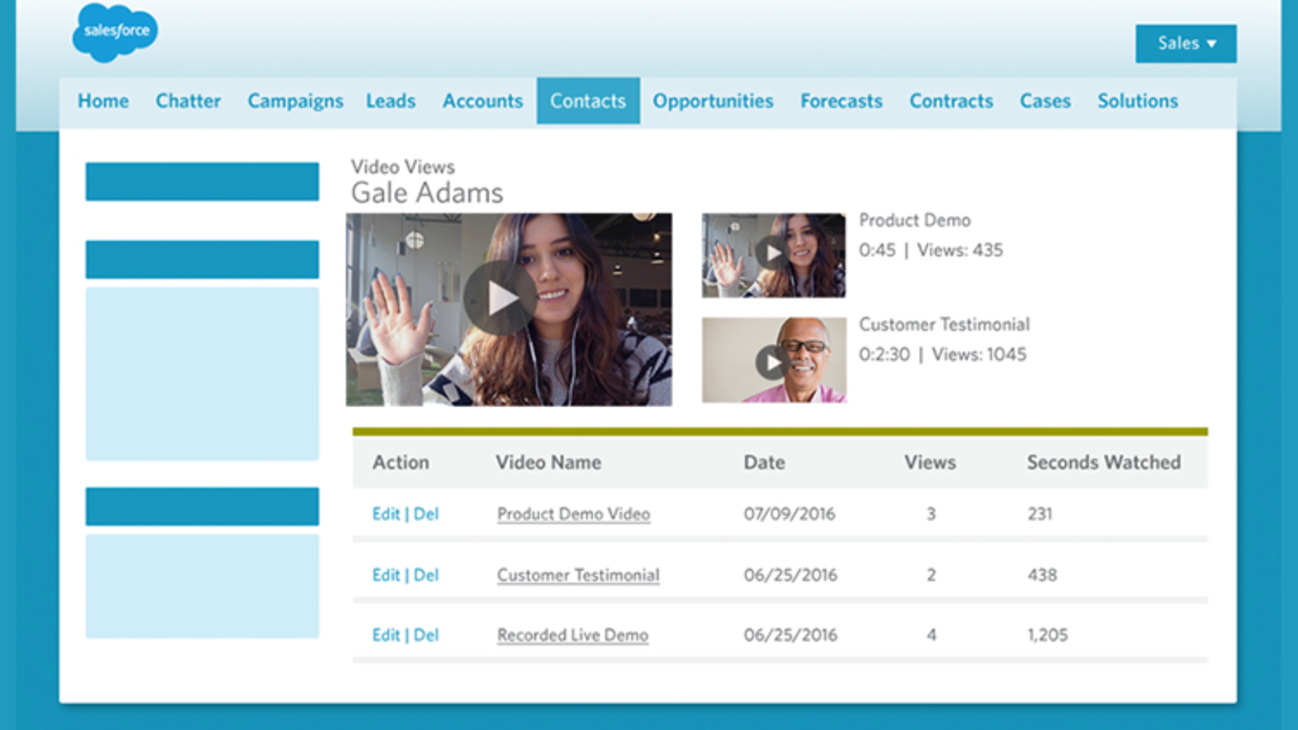
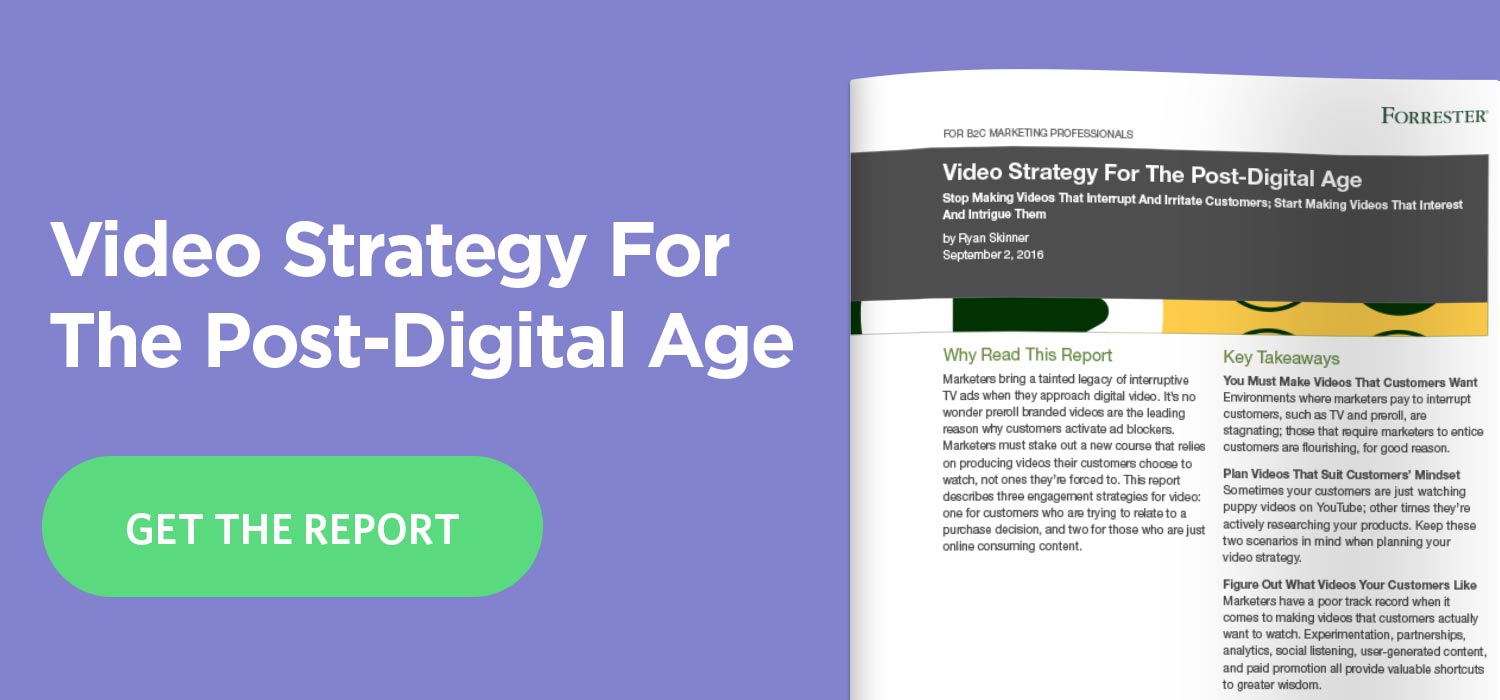

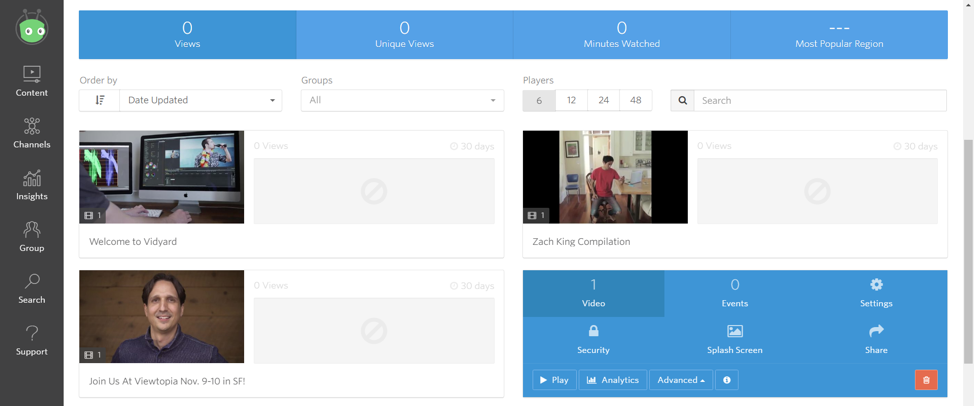
 I’ve been working with the head of our dashboard team, Tyler (over there on the right), to begin carving out the right journey for our users so that this idea of Content, Channels, and Insights is reinforced in the dashboard. Don’t let his calm demeanor fool you. This is the reason he gets out of bed every morning.
I’ve been working with the head of our dashboard team, Tyler (over there on the right), to begin carving out the right journey for our users so that this idea of Content, Channels, and Insights is reinforced in the dashboard. Don’t let his calm demeanor fool you. This is the reason he gets out of bed every morning. Some of you might have seen through our social media channels that Jeffrey and I have been working on a new book with our friend and mentor Roy H Williams. We have been sharing a new chapter every week. This Monday we will release Chapter 11. The book has only 12 chapters.
Some of you might have seen through our social media channels that Jeffrey and I have been working on a new book with our friend and mentor Roy H Williams. We have been sharing a new chapter every week. This Monday we will release Chapter 11. The book has only 12 chapters.
